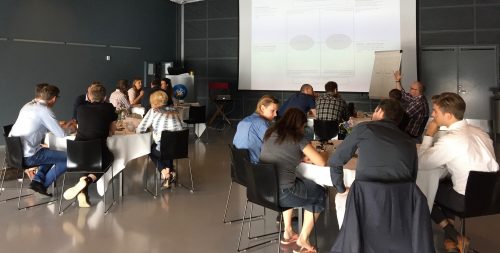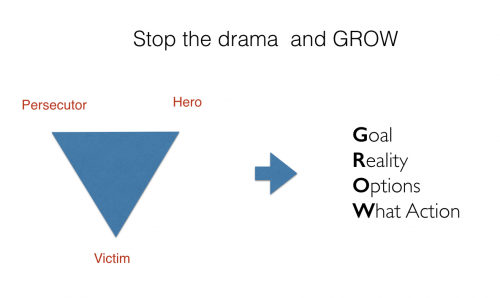
Think about it for a moment…, what is one thing you could work at that would dramatically improve your performance as a leader?
My theory is that most of us could improve the quality of our decisions. When I look at my own life and try to identify some of the main causes of difficult times, frustrations, etc., they can quite clearly be attributed to decisions that I have taken or possibly not take, which is in itself a decision.
So why is it hard for us to take consistently great decisions?
- We are not as rational as we would like to be. We like to think of ourselves as super rational, but in reality, we are not. We make up a story that explains the irrational decision we took in order to convince ourselves and others how rational we are. Often, not always, it is bullsh*t.
- We don’t understand what is really going on. We are looking at a situation through our own limiting mental models, and we confuse what in reality is just our perspective with reality or the truth.
- We don’t take the trouble to gather enough information. We take decisions based on a few facts plus our own gut feeling. Sometimes it works brilliantly, but more often than not is doesn’t. A classic in this category is confusing our assumptions with facts. We think we know, but in reality, we are just assuming, and as my favourite coaching colleague from the US always used to say: Never forget Mike, that assumption is the mother of all f… ups.
So how do we work on improving the quality of our decisions? Once again it comes back to awareness. What we are aware of we can control, what we are not aware of controls us.
So the first thing to do is to start a decision journal.
Dedicate a notebook to this. And whenever you need to make a consequential decision, take a moment to think through: What are the options? What is your decision and what do you expect to happen? Make a note as well of your current state (tired, happy, stressed or whatever). Make space on the page for you to come back at a later time and note down what actually happened and what your key learning has been.
Start the decision journal today, by which I mean get it ready and commit to using it. Then the next time you need to take a significant decision, take the trouble to document it. Then on a regular basis go back and review your notes. Is there a pattern? What are you learning?
If you would like to get more sophisticated about this, check out this blog post from Farnam Street.
My personal experience of doing this is that I became aware that I had a tendency to take a certain type of decision very quickly, typically when something had not turned out as I expected and I felt an urgent need to correct the course. But what I had not previously noticed is that whenever something turns out different than what we expect, it triggers an emotional reaction and that emotional reaction would often tilt my decision toward the first idea that came into my mind.
Once I became aware of this, I have tried to postpone that kind of decision, to give myself time to get a different perspective, to resist the urge and that has definitely prevented me from a few bad decisions in the past 6 months.
Proving the point that more than anything, becoming aware of our own decision-making process helps us avoid the really bad decisions more than it makes us genius decision makers, but already that is not too shabby an outcome for many of us.
Once we have the decision journal in place, it’s time to practice getting better. A good place to start is to read Decisive: How to Make Better Choices in Life and Work by Chip and Dan Heath.
And what about your team? What is the one thing that really causes you frustration when you look at the people who report to you? If you in any way resemble many of the leaders that I coach, you will say: The quality of their decision… If only they could be trusted to take better decisions, my life would be so much easier.
Can you help your team make better decisions as well? Absolutely! It’s all about awareness, remember. We will have a look at how to do that in next week’s blog post.

This the thirteenth blog post in a series where Mike is exploring:
Building capacity is at the heart of the Service Profit Chain. If you are not familiar with the intricacies of is model, don’t forget to check out Mike’s online courses where you will find a lot of great tools, resources and knowledge on Leadership Development and The Service Profit Chain.









 This the eighth blog post in a series where Mike is exploring: Why and how to develop not just yourself but also the people around you?
This the eighth blog post in a series where Mike is exploring: Why and how to develop not just yourself but also the people around you?
